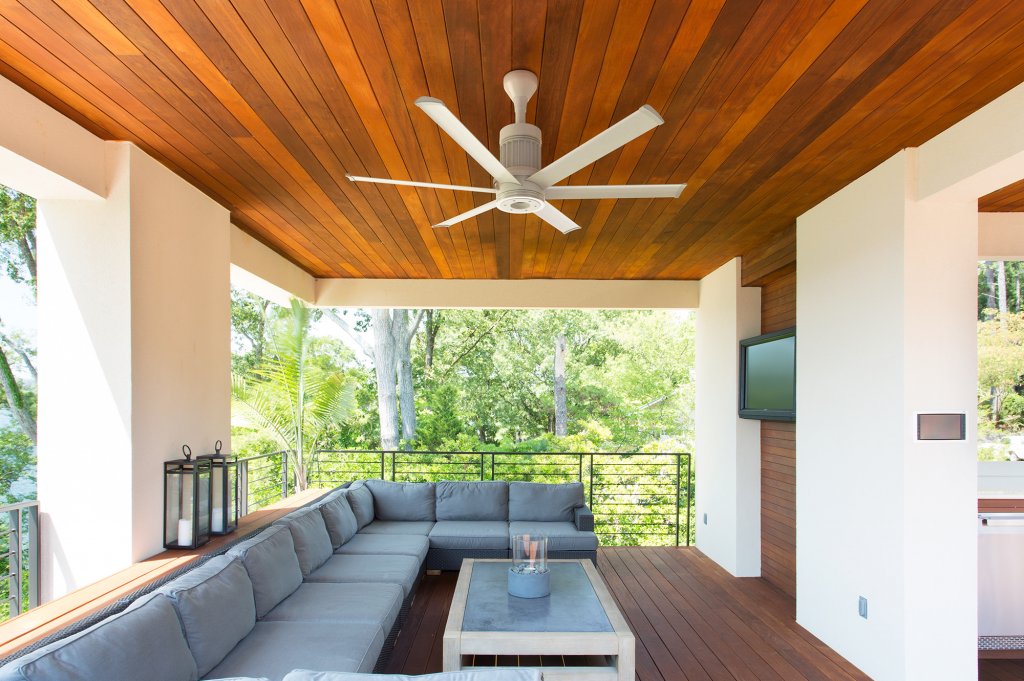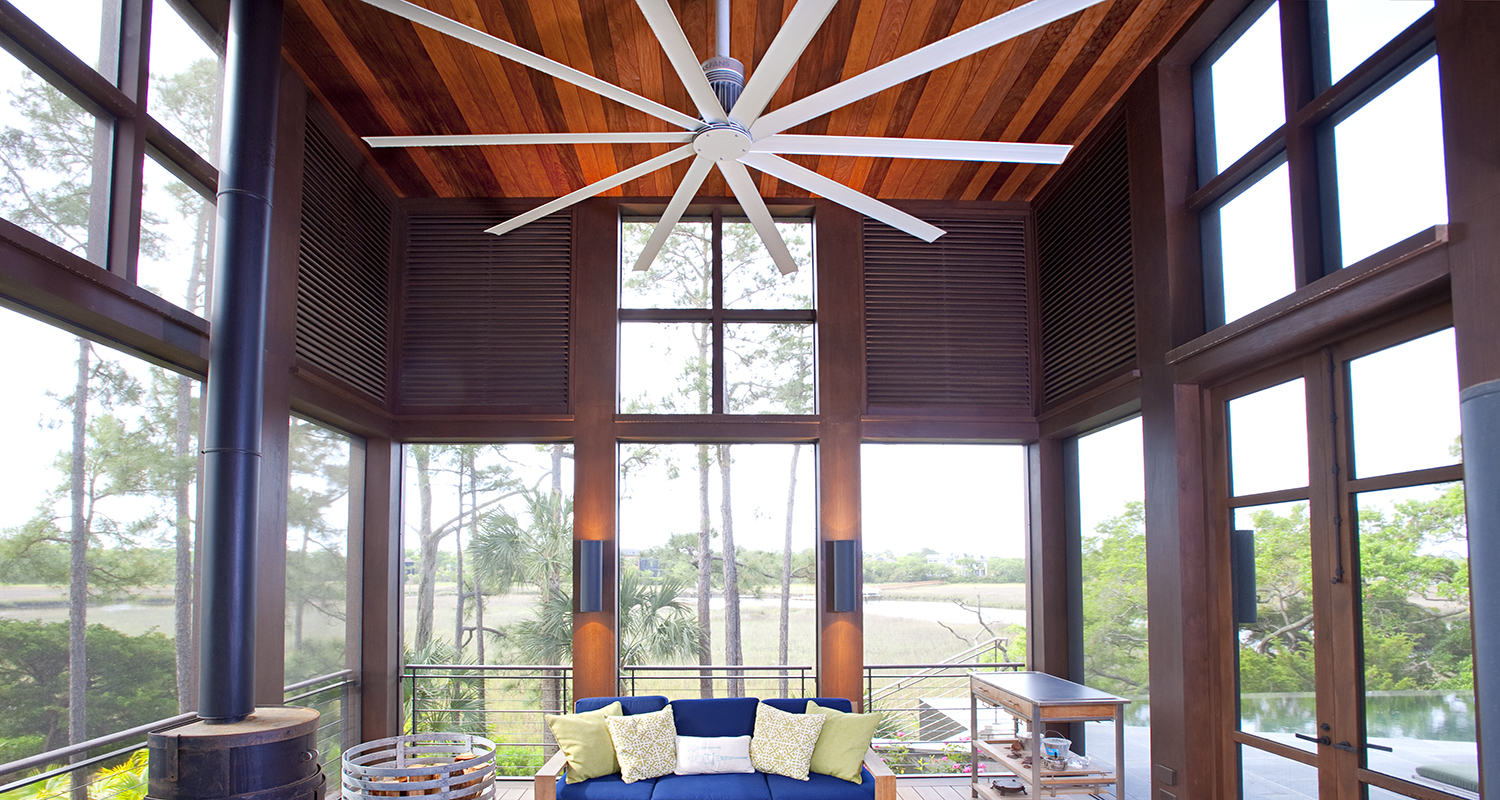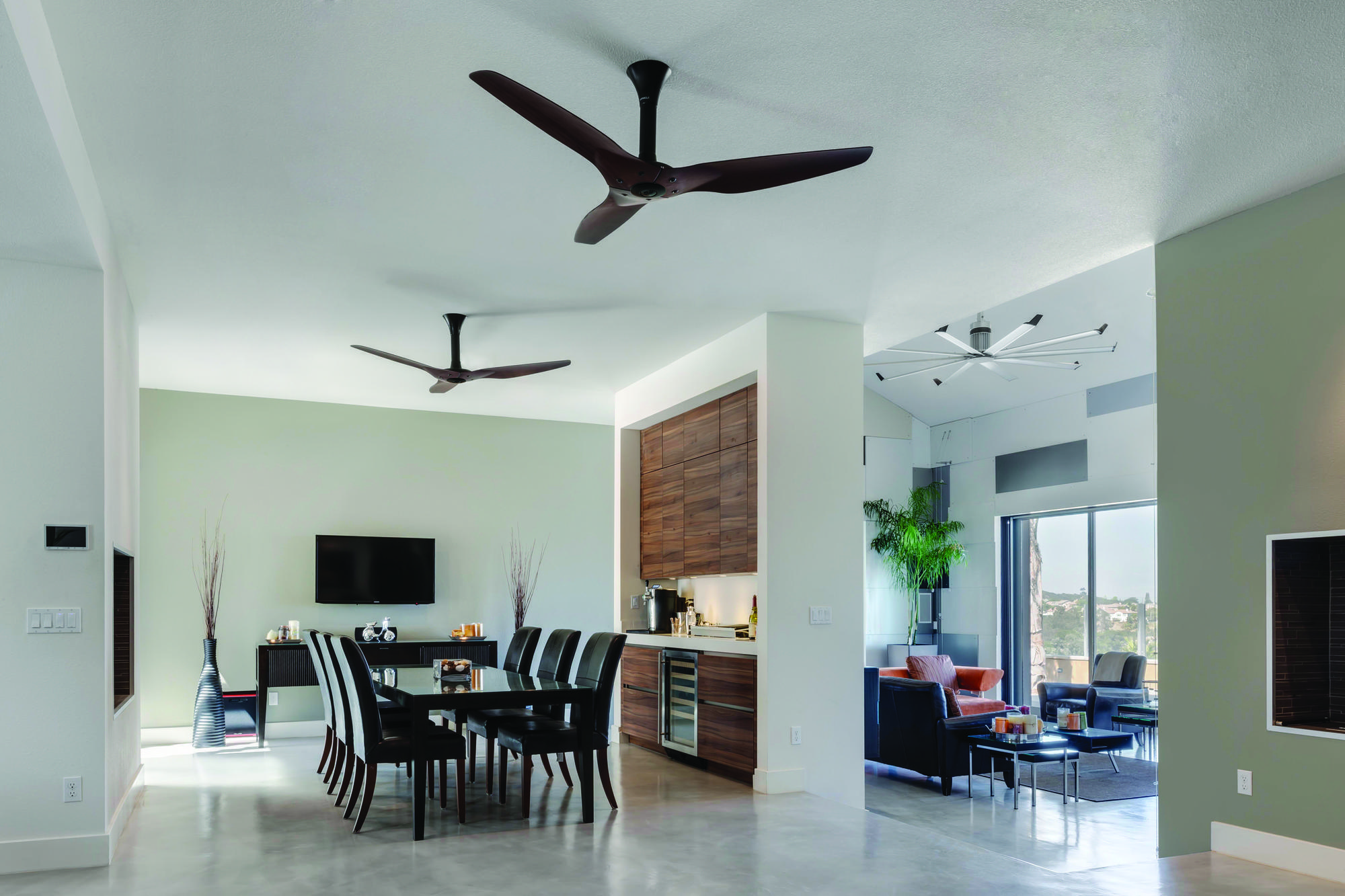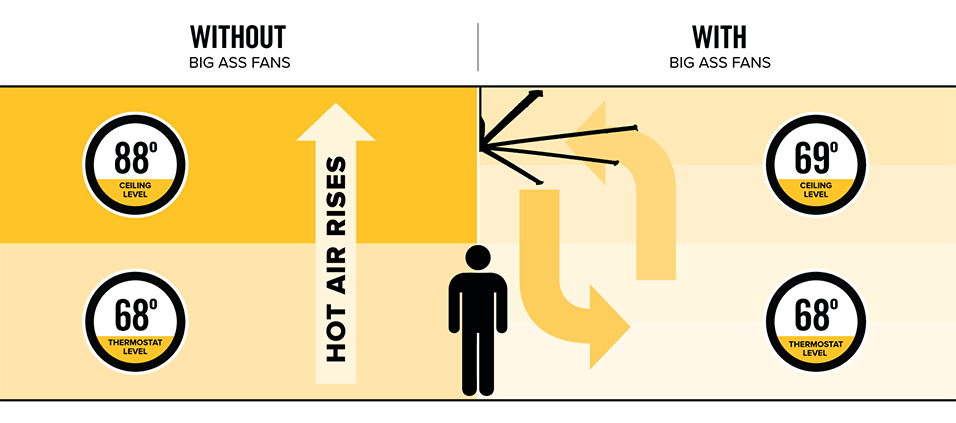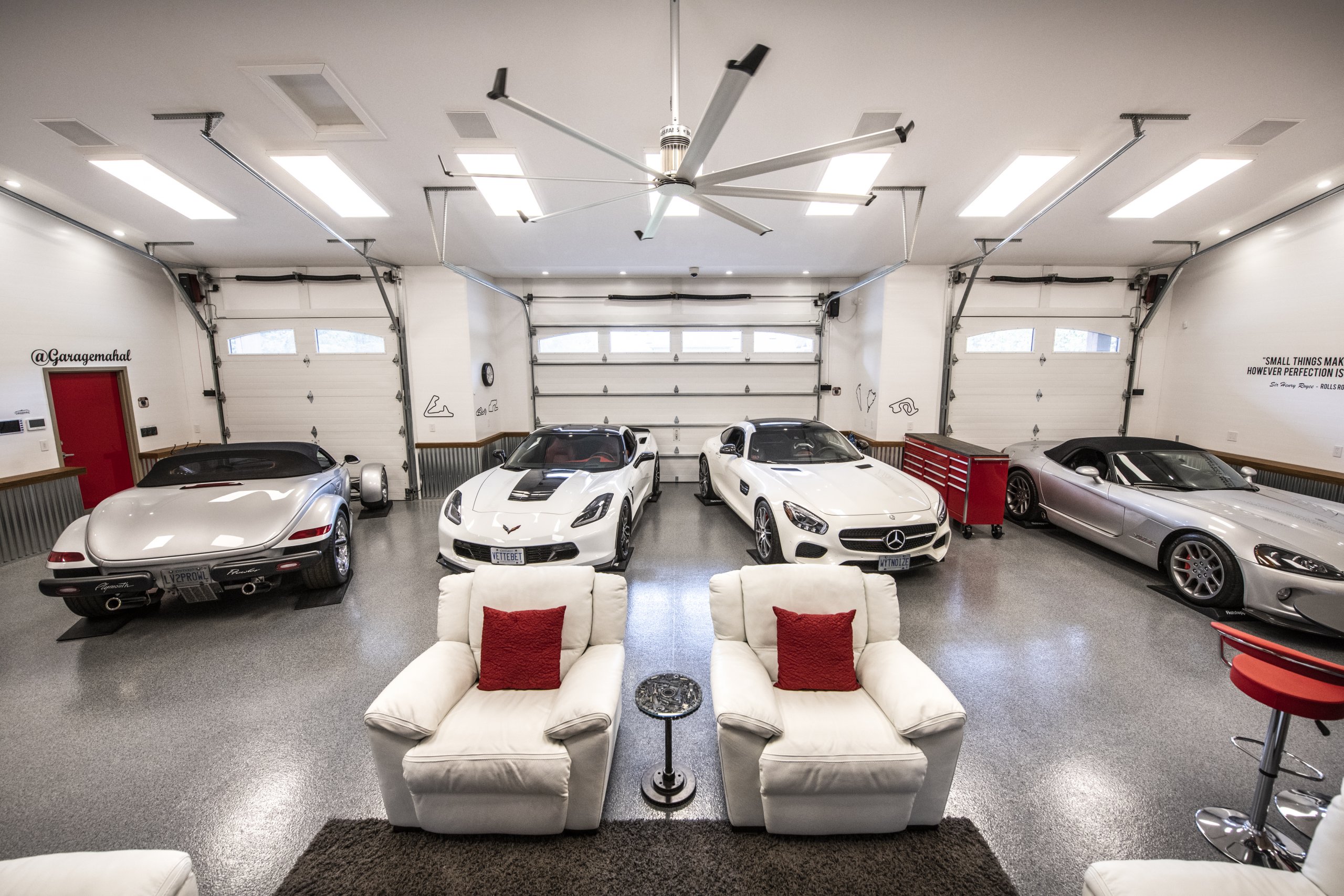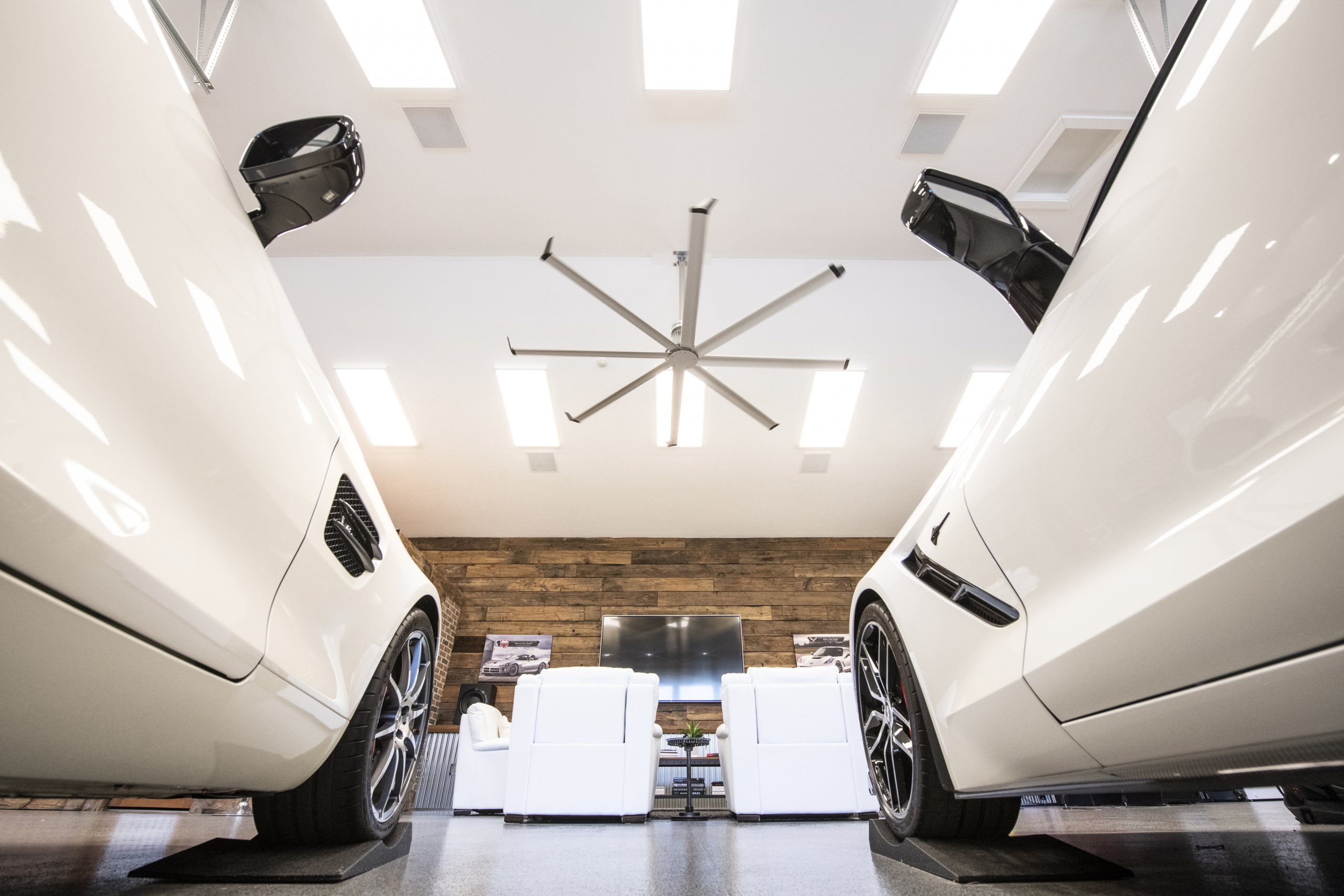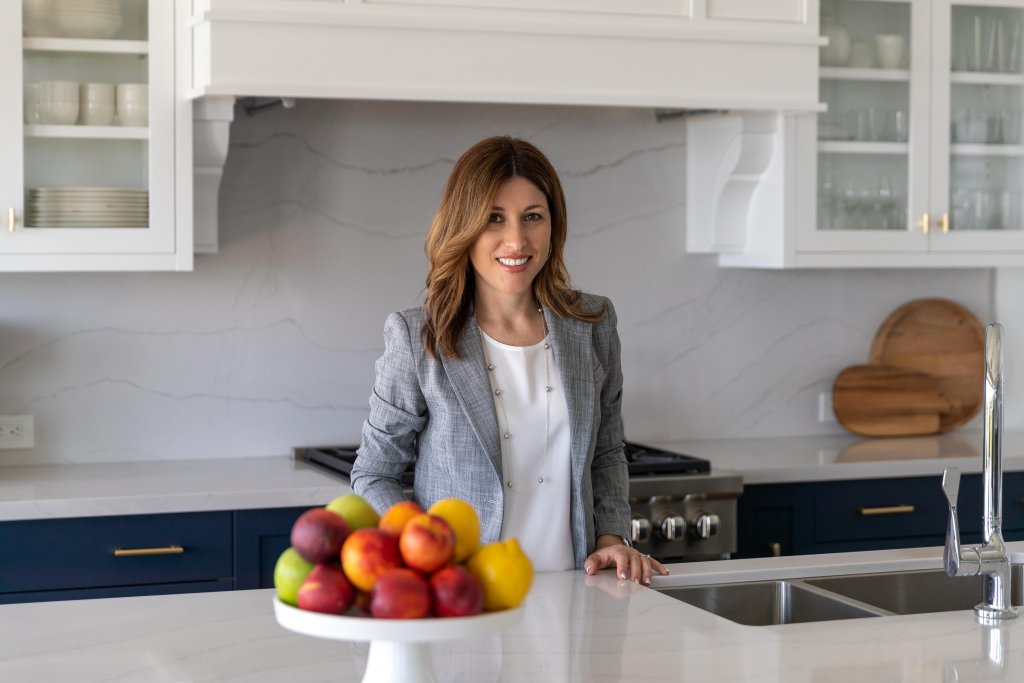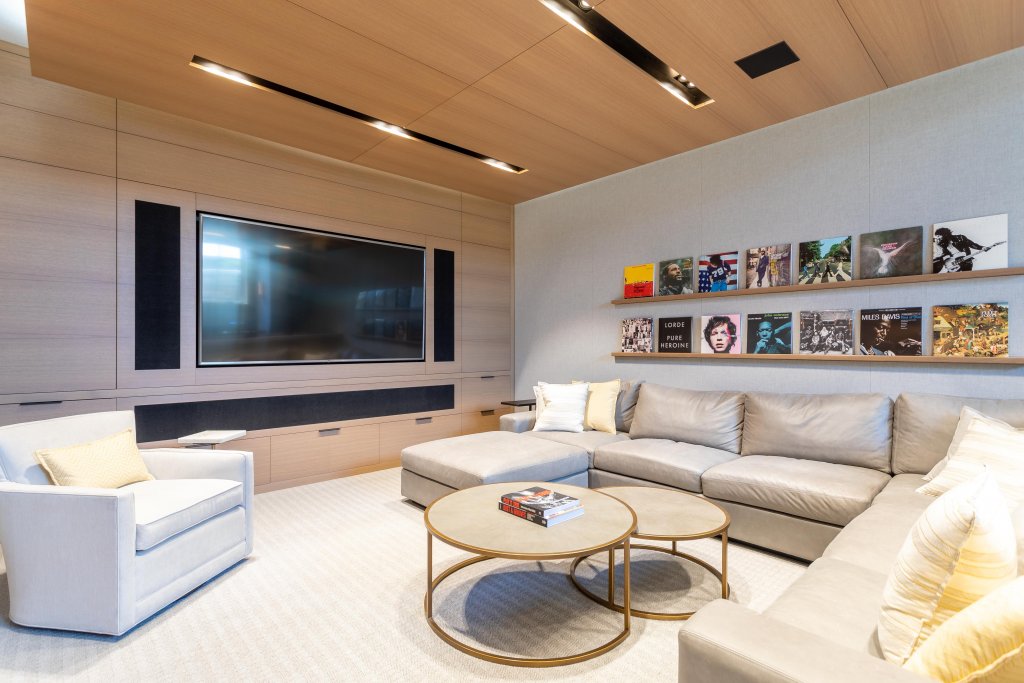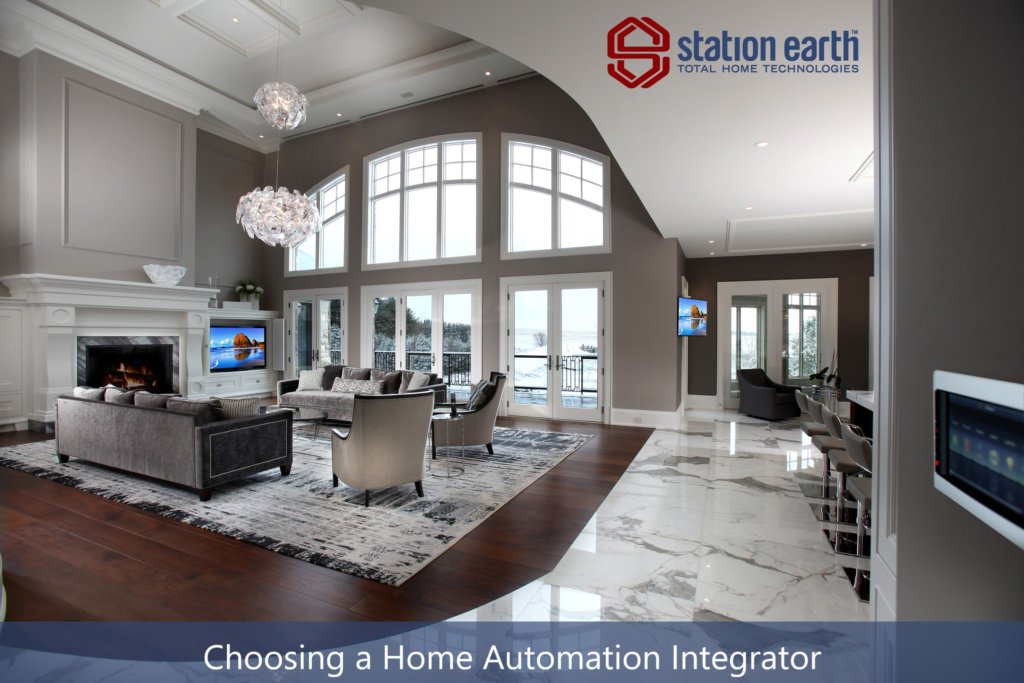Ultra-Luxury home builds are a unique segment of the construction market. The sheer size and complexity of these builds often create challenges that require unique solutions. From concept to completion, hundreds of professional trades can be involved with projects spanning multiple years. Combine this with the myriad of competing interests from each trade, and it is easy to see why projects of this magnitude require partners with specialized knowledge and experience. Quite often, a home automation integrator is one of those trades.
An important consideration in these projects is tying together the overall look and feel of the finished home. This daunting task is in the hands of the interior designer. Since the designer’s influence will be felt throughout the entire property – both inside and out – they are often required to interact with the majority of trades on site.
Today, we are talking with Vicky Frost of Frost Design. Vicky is an NCIDQ-certified, Registered Interior Designer with over fifteen years of experience. Known for her creativity, technical knowledge and positive attitude, Vicky accomplishes high-end interiors with a very down-to-earth approach. She prides herself on creating spaces that are as functional as they are stylish. Vicky began her career by landing a coveted internship on HGTV’s “Designer Guys” while still in college. After graduation, she worked for numerous commercial and residential design firms before taking on the role of Lead Interior Designer at the prestigious Gren Weis Architect + Associates. After many (fabulous) years and hundreds of (fabulous) projects later, Vicky decided to branch out on her own. Established in 2017, Frost Design has been thriving ever since!
We have had the pleasure of working with Vicky on two recent projects in the GTA involving home automation on a grand scale. We asked Vicky about her experience working with home automation integrators in general, and in particular with Station Earth.
“My previous experiences with home automation consultants was that they were a completely separate entity to whom I would not be introduced. I would be told to create designs separately. In some circumstance I would get feedback from the integrator on speaker location, but for the most part communication was very little to non-existent” says Vicky. “If I did get information, it tended to come in passing during discussions with the client. It was quite challenging working in this environment.”
“The great thing about working with Station Earth is their commitment to communication and collaboration. The first project we worked on all parties were introduced at the get go and everyone was encouraged to be collaborative. The idea was all parties had to be on the same page. This involved a combination of recurring site meetings as well as open phone and email conversations”, states Frost. “This had not happened in the past with other companies”
“Station Earth was the first home automation integrator that I worked with that suggested walkthroughs with the client” says Frost. “It’s one thing to conceptually design an entire home, however, being able to walk through the site with the electrical plan in hand allowed us to recommend lighting, shading and audio options and get feedback from the client on the spot. It was easier to get buy in from all parties when we could visualize the design while standing in the home.”
“It wasn’t like the home automation consultant was a separate entity trying to sell certain components and walk away from the project”, say Frost. “Station Earth felt like partners in the project. The result was communication and collaboration from start to finish to achieve a common goal.”
“I always love it when a TV needs only a remote control and the speakers are invisible”, says Frost. “We were able to accomplish this with Station Earth by working together as a team and engaging the client.”
“Another big issue I run into on most projects revolves around automated shades. You need to figure out what options are available and how to effectively conceal the hardware. This is another area where Station Earth has been extremely helpful. They were always available to let me know what was feasible given the size of the window and what the costs were for each option. We even visited the manufacturer in Manhattan which gave me inspiration for new shading options.”
John Stumpf, Sales Manager for Station Earth adds, “What is really noticeable about the final design is what you don’t see. Since we use technology such as centralized equipment racks, invisible speakers, and automated lighting controllers, we are able to keep walls uncluttered and audio and video equipment out of sight. Multi-gang light switches are replaced by a single engraved keypad that combines lighting and shade control. Invisible speakers are truly invisible behind finished drywall with no grates or faceplates. Wall scarring is virtually eliminated allowing a designer’s vision to shine through”
“I was challenged to create a listening room in the basement of a client’s home. I wanted to do a drop ceiling in this room, however, as you know, a listening room is all about the sound”, recalls Frost. “I don’t know how many times I called Station Earth to ask about the materials and design of the room. Should I use wood, can the ceiling be flat, should I use reveals? We also worked on the acoustical paneling throughout the room. Station Earth was an amazing resource and the finished room is awesome. The client was extremely impressed with how the room turned out, and quite frankly, so was I!”
Because of the work we did together, I am much more cognizant of how much work I put into the electrical plans. Historically, I would put a lot of time into switch patterns for every light or group of fixtures and how to gang the switches. Now I ask at the beginning of each project if they are considering automated lighting. If they are, that is a noticeable amount of work that is eliminated and a much better finished product.
“At the end of the day, it is all about communication”, states Frost. “Historically, the issue has been a lack of communication which translates into huge design issues. My experience with Station Earth has shown how well all sides can work together to achieve a common goal”
“When I am working with Vicky or any designer,” says Stumpf, “I am taking my ideas to the designer before I go to the client. If my conversation with the client ends up creating eight hours of work for the designer, or worse yet, I completely botch the designer’s vision for the room, I sure haven’t made any friends. This is the culture of Station Earth and what you should expect from your home automation integrator.”
, Station Earth can access your system and resolve many issues remotely without the inconvenience of a home visit.
allows Station Earth to provide exceptional customer service and technical support in a timely fashion, so you can get the most out of your home’s technology.
remote tool. Remote service labour is billed at our regular hourly rate in 15 minute increments. In most cases, we can resolve issues in an hour or less.
Mobile application which allows you to manage system performance from your phone.


